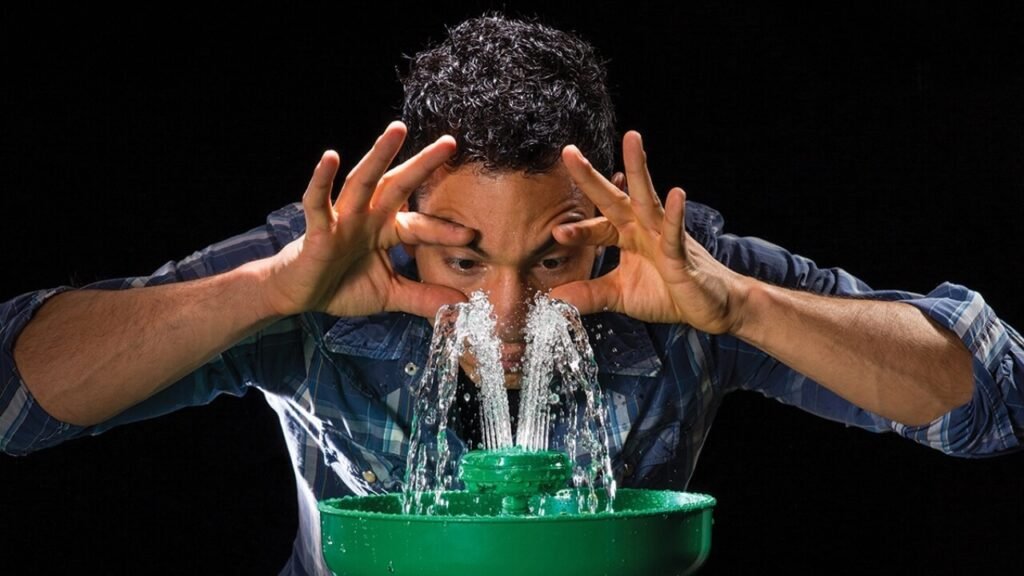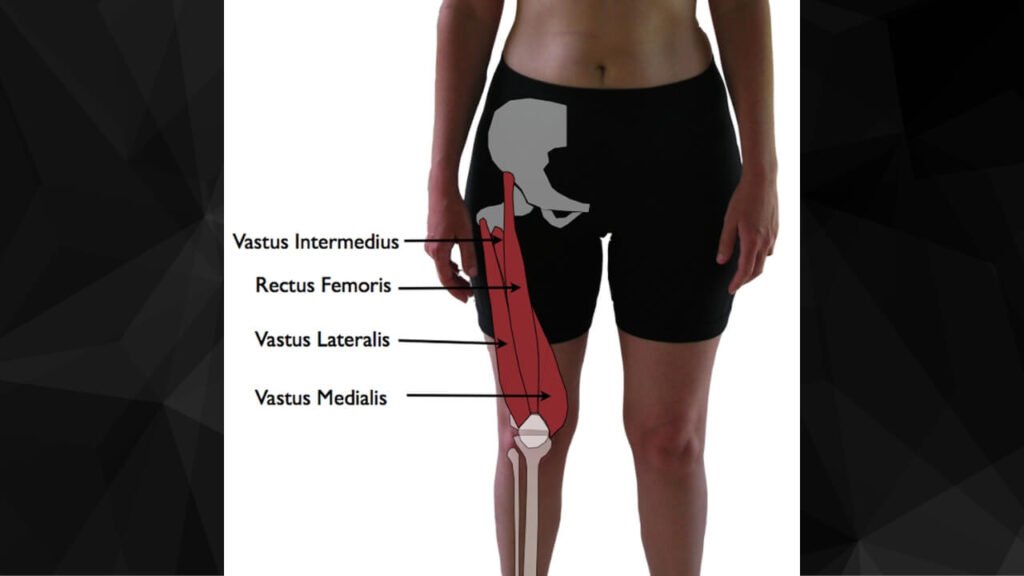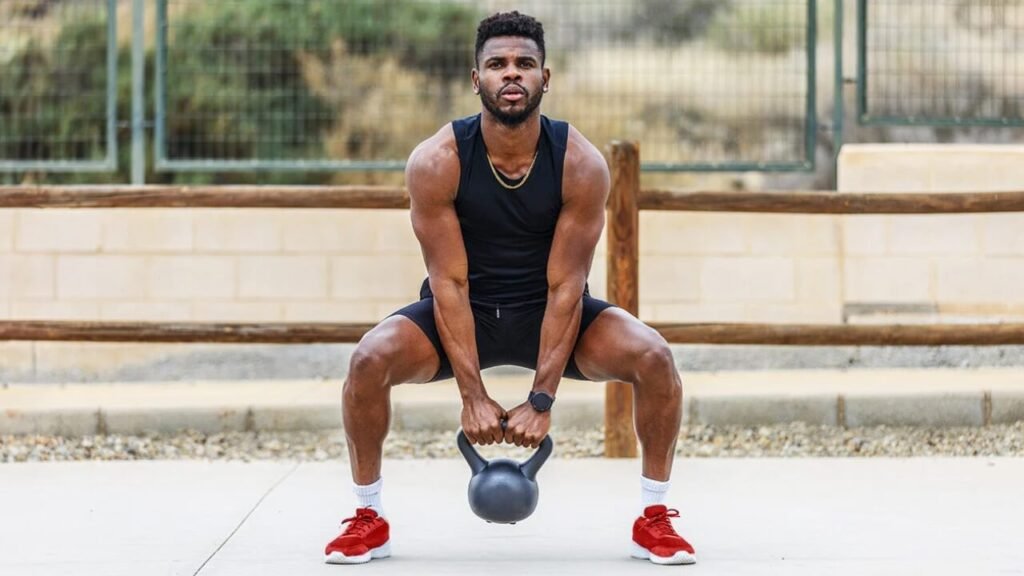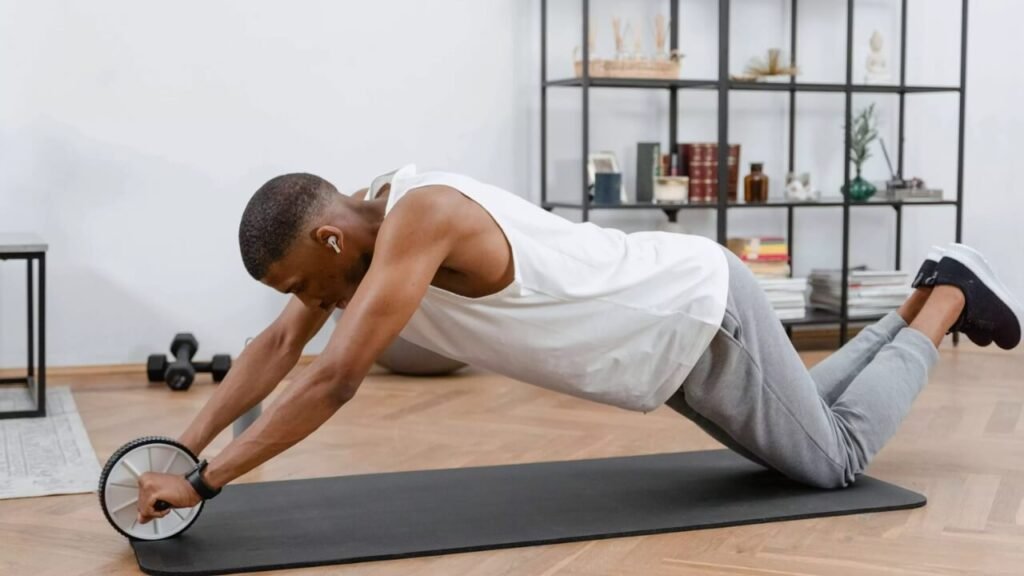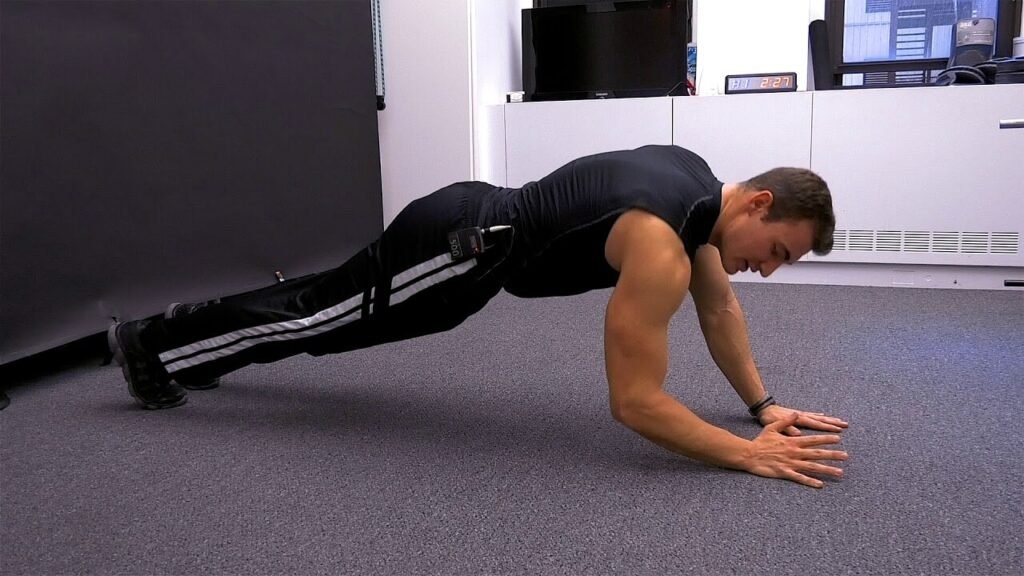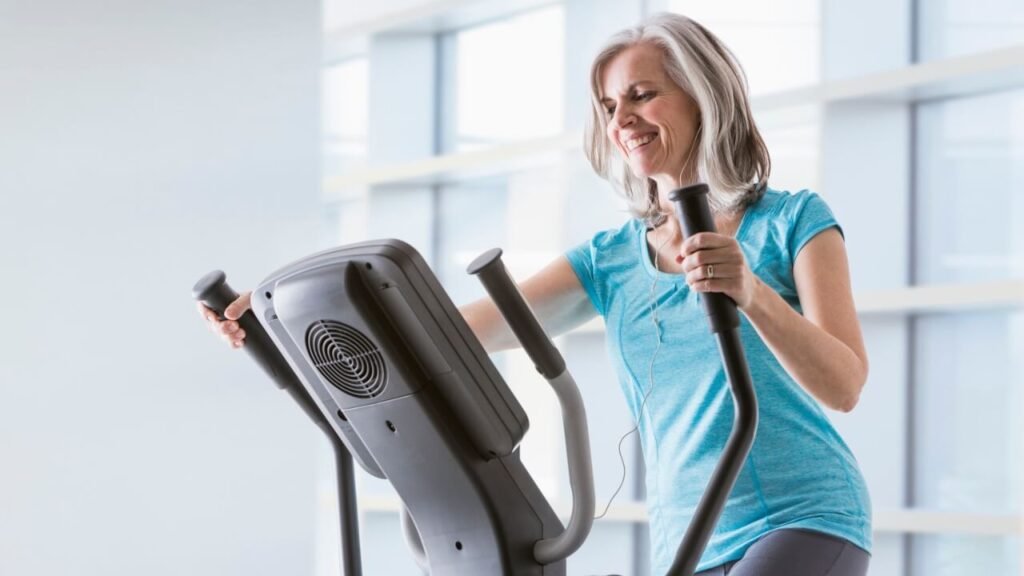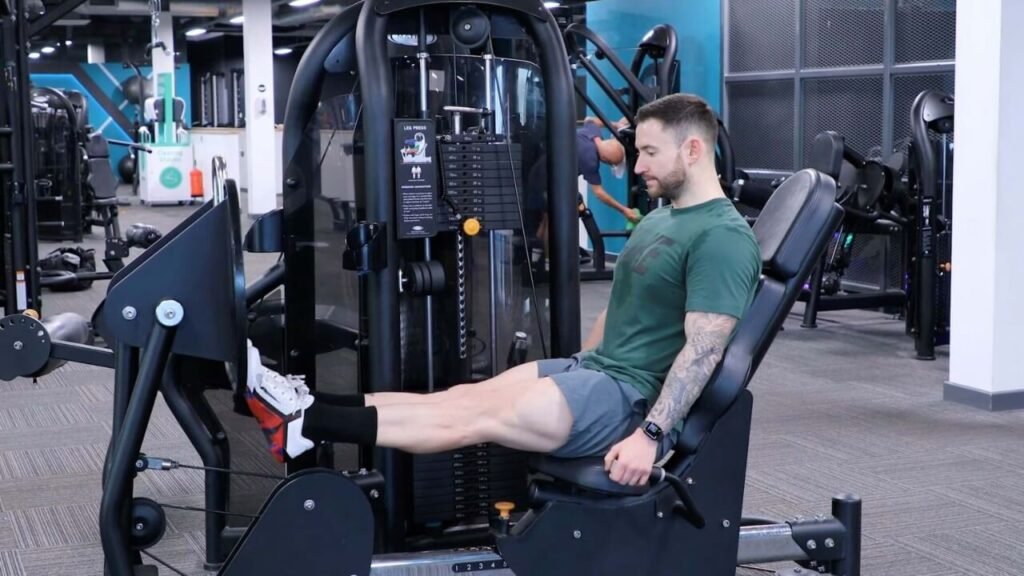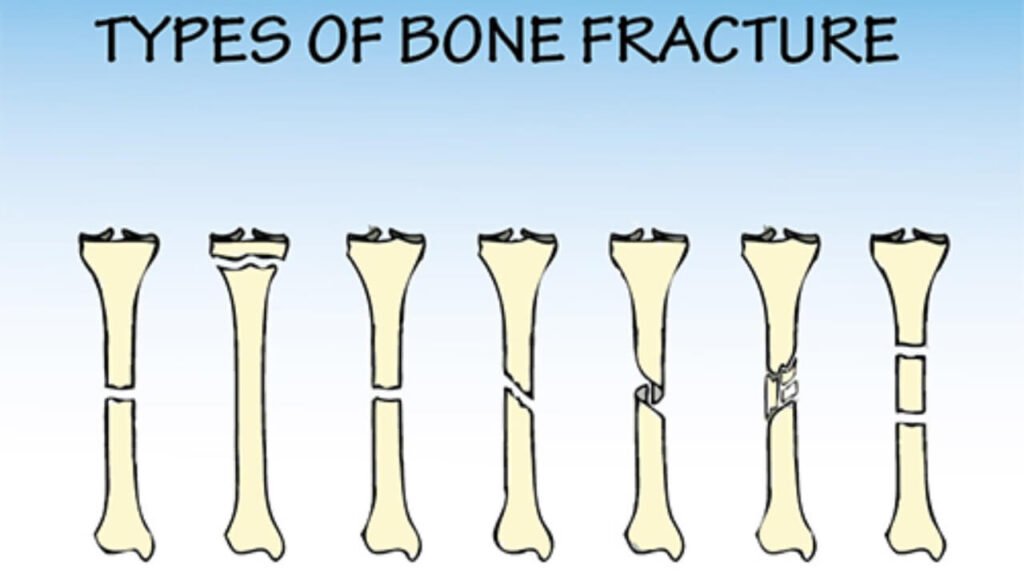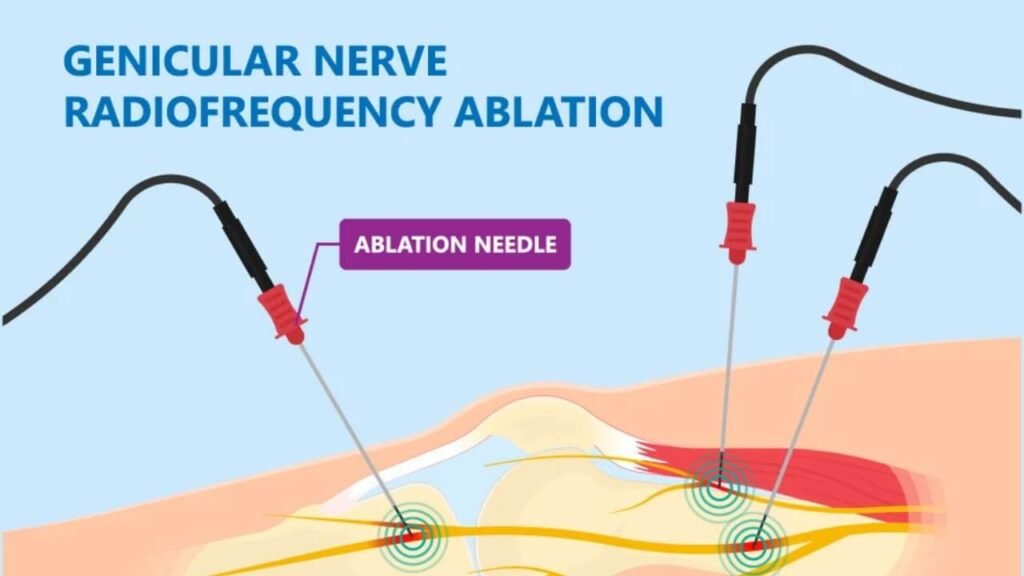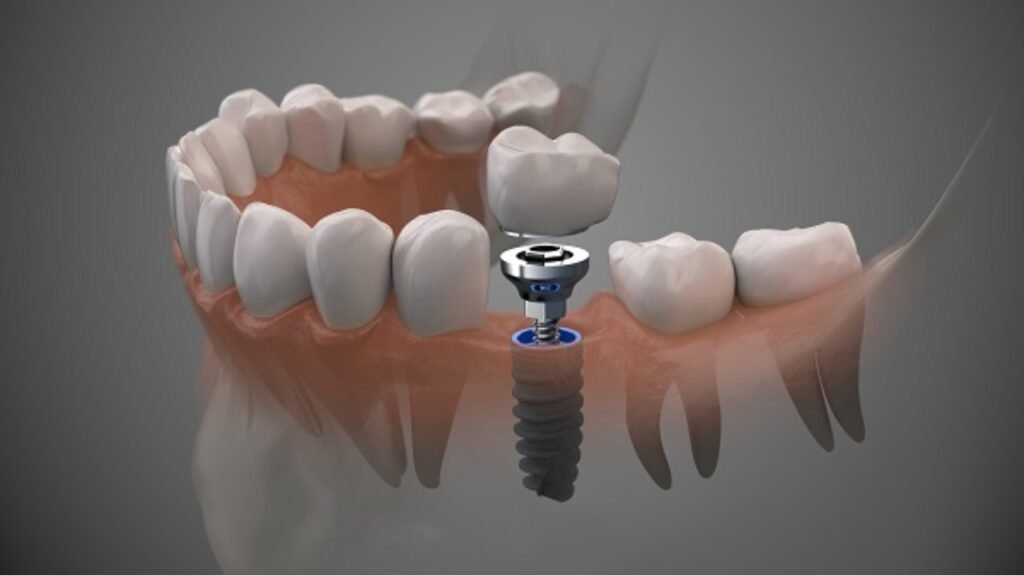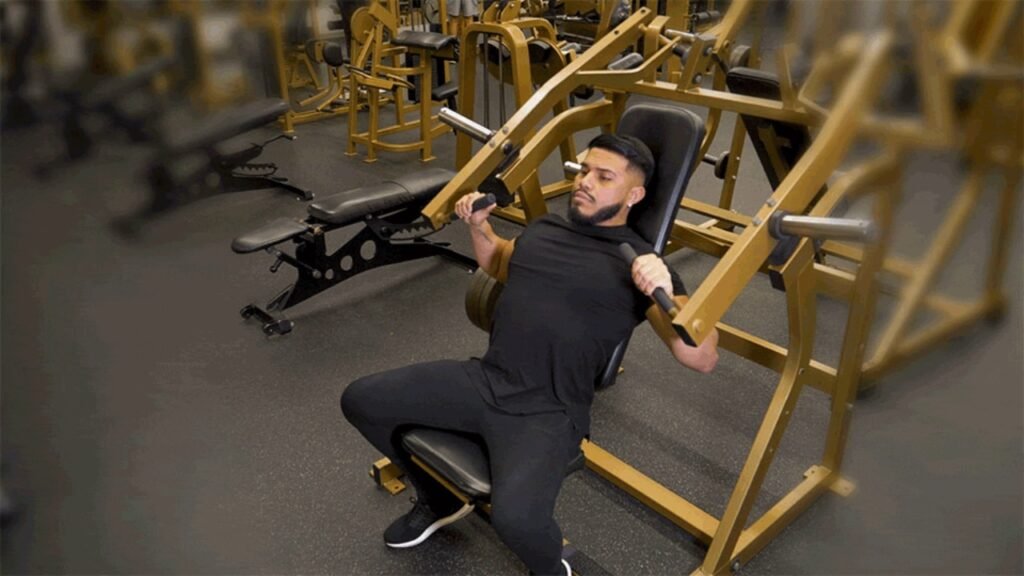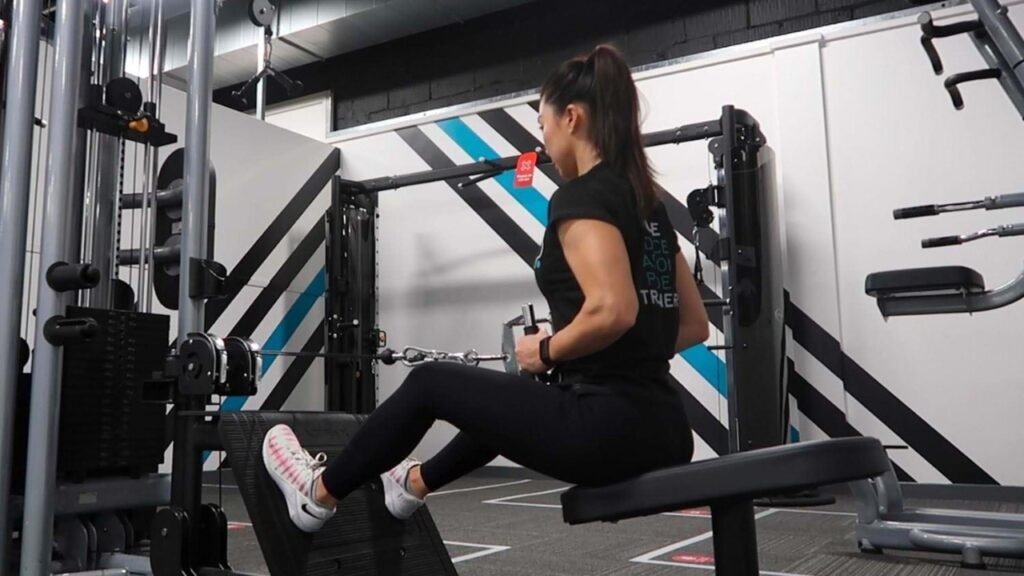“Top Cable Machine Back Exercises You Need to Try”

Back exercises are essential for improving posture, reducing the risk of injury, and increasing overall strength. The cable machine back exercises are a great way to build muscle in the back while ensuring precise movements that target specific muscle groups. Whether you’re a beginner or a seasoned gym-goer, incorporating cable machine exercises into your routine can yield significant benefits. In this article, we’ll dive deep into cable machine back exercises, why they’re effective, and how you can include them in your workout plan.
Why Choose Cable Machines for Back Exercises?
Cable machines provide a versatile way to target the muscles of the back. They allow for smooth, controlled movements that can be adjusted to suit different fitness levels. Unlike free weights, cable machines offer constant tension throughout the exercise, which is crucial for muscle engagement. Here are some reasons why cable machines are great for back exercises:
- Constant Tension: With cable machines, the muscles are under constant tension throughout the entire range of motion. This leads to greater muscle activation.
- Adjustable Resistance: The resistance on cable machines is easily adjustable, making it ideal for both beginners and advanced lifters.
- Variety of Movements: You can target different parts of the back, including the upper, middle, and lower back, with different cable machine back exercises.
- Reduced Risk of Injury: Cable machines provide more controlled movements, reducing the risk of injury compared to free weights, especially for beginners.
Understanding the Key Muscles of the Back
Before diving into specific exercises, it’s important to understand the muscles in your back that you’ll be targeting with cable machine exercises:
- Latissimus Dorsi (Lats): These muscles are responsible for the V-shaped appearance of the back and help in pulling motions.
- Trapezius (Traps): Located at the top of your back, the traps are involved in shoulder elevation and neck movements.
- Rhomboids: Found between the shoulder blades, the rhomboids help retract the scapula and maintain good posture.
- Erector Spinae: This group of muscles runs along your spine and plays a key role in maintaining posture and supporting the back during movement.
- Rear Deltoids: While primarily a shoulder muscle, the rear delts play a significant role in back exercises involving pulling movements.
By focusing on these muscles, you can effectively target different areas of your back, improving strength, posture, and overall fitness.
Best Cable Machine Back Exercises to Try
Cable machines offer a range of exercises that target various muscle groups in the back. Below are some of the most effective cable machine back exercises that you can include in your routine:
Lat Pulldown
The lat pulldown is a staple exercise for building the upper back and lats. By using the cable machine with a wide bar attachment, you can simulate the motion of a pull-up, which is excellent for building strength and size in the upper back.
How to Do It:
- Sit down on the cable machine and adjust the thigh pads to fit snugly against your thighs.
- Grasp the bar with a wide grip, palms facing forward.
- Pull the bar down towards your chest, focusing on squeezing your shoulder blades together.
- Slowly return the bar to the starting position while maintaining control of the weight.
Muscles Targeted: Lats, traps, and rear deltoids.
Cable Rows
Cable rows are fantastic for targeting the middle of the back. This exercise engages the rhomboids, traps, and lats, helping you develop a well-rounded back.
How to Do It:
- Sit on the cable row machine with your feet placed firmly on the footrests.
- Grab the handle with both hands, palms facing each other.
- Pull the handle towards your torso, keeping your elbows close to your body and squeezing your shoulder blades together.
- Slowly return the handle to the starting position, ensuring you maintain a controlled movement.
Muscles Targeted: Rhomboids, traps, and lats.
Face Pulls
Face pulls are excellent for targeting the rear deltoids and upper traps. This exercise is often overlooked, but it’s crucial for maintaining shoulder health and developing a balanced upper back.
How to Do It:
- Attach a rope handle to the high pulley of a cable machine.
- Stand facing the machine with your feet shoulder-width apart.
- Grab the rope with both hands and pull it towards your face, keeping your elbows high.
- Squeeze your shoulder blades together at the end of the movement, then slowly return to the starting position.
Muscles Targeted: Rear deltoids, traps, and rhomboids.
Single-Arm Cable Rows
Single-arm cable rows are a great variation of the standard cable row. By working one arm at a time, you can focus on correcting any strength imbalances between the sides of your body.
How to Do It:
- Set up the cable machine with a single handle attachment at the low pulley.
- Stand facing the machine and grab the handle with one hand.
- Step back and pull the handle towards your torso, keeping your elbow close to your body.
- Slowly return the handle to the starting position, then repeat on the other side.
Muscles Targeted: Lats, rhomboids, and traps.
Cable Pullover
The cable pullover is a great exercise for targeting the lats and stretching the back. It mimics the motion of a dumbbell pullover but allows for more controlled resistance throughout the movement.
How to Do It:
- Attach a rope handle to the high pulley of the cable machine.
- Stand facing the machine and grab the rope with both hands.
- Step back slightly and pull the rope down and over your head, keeping your arms straight.
- Focus on engaging your lats as you pull the rope down, then slowly return to the starting position.
Muscles Targeted: Lats, rhomboids, and rear deltoids.
How to Incorporate Cable Machine Back Exercises into Your Routine
To see the best results, it’s important to include cable machine back exercises in a balanced workout routine. Here’s how you can structure your back workout:
- Warm-Up: Start with 5-10 minutes of light cardio to get your muscles warmed up and ready for exercise.
- Exercise Order: Begin with larger compound movements (like lat pulldowns or cable rows) and then move on to isolation exercises (like face pulls or single-arm cable rows).
- Sets and Reps: For strength, aim for 3-4 sets of 6-8 reps per exercise. For endurance, go for 3-4 sets of 12-15 reps per exercise.
- Rest: Take 60-90 seconds of rest between sets to allow your muscles to recover.
By maintaining proper form, increasing the resistance gradually, and focusing on engaging the right muscles, you’ll be able to maximize the benefits of cable machine back exercises.
Tips for Effectively Targeting Your Back Muscles
To make the most of your cable machine back exercises, keep these tips in mind:
- Mind-Muscle Connection: Focus on the muscle you’re working on, and visualize the back muscles contracting during each movement. This will help ensure you’re targeting the right muscles and getting the most out of each rep.
- Control the Movement: Avoid using momentum to complete the exercise. Slow, controlled movements will engage the back muscles more effectively and reduce the risk of injury.
- Vary Your Grip: Switching up your grip (overhand, underhand, or neutral) can help target different areas of your back and promote balanced development.
Conclusion
Incorporating cable machine back exercises into your workout routine is a great way to build strength, improve posture, and target multiple muscle groups in the back. By focusing on exercises like lat pulldowns, cable rows, and face pulls, you can develop a well-rounded, strong back that will benefit your overall fitness. So, the next time you’re at the gym, give these cable machine back exercises a try and feel the difference in your back muscles.










